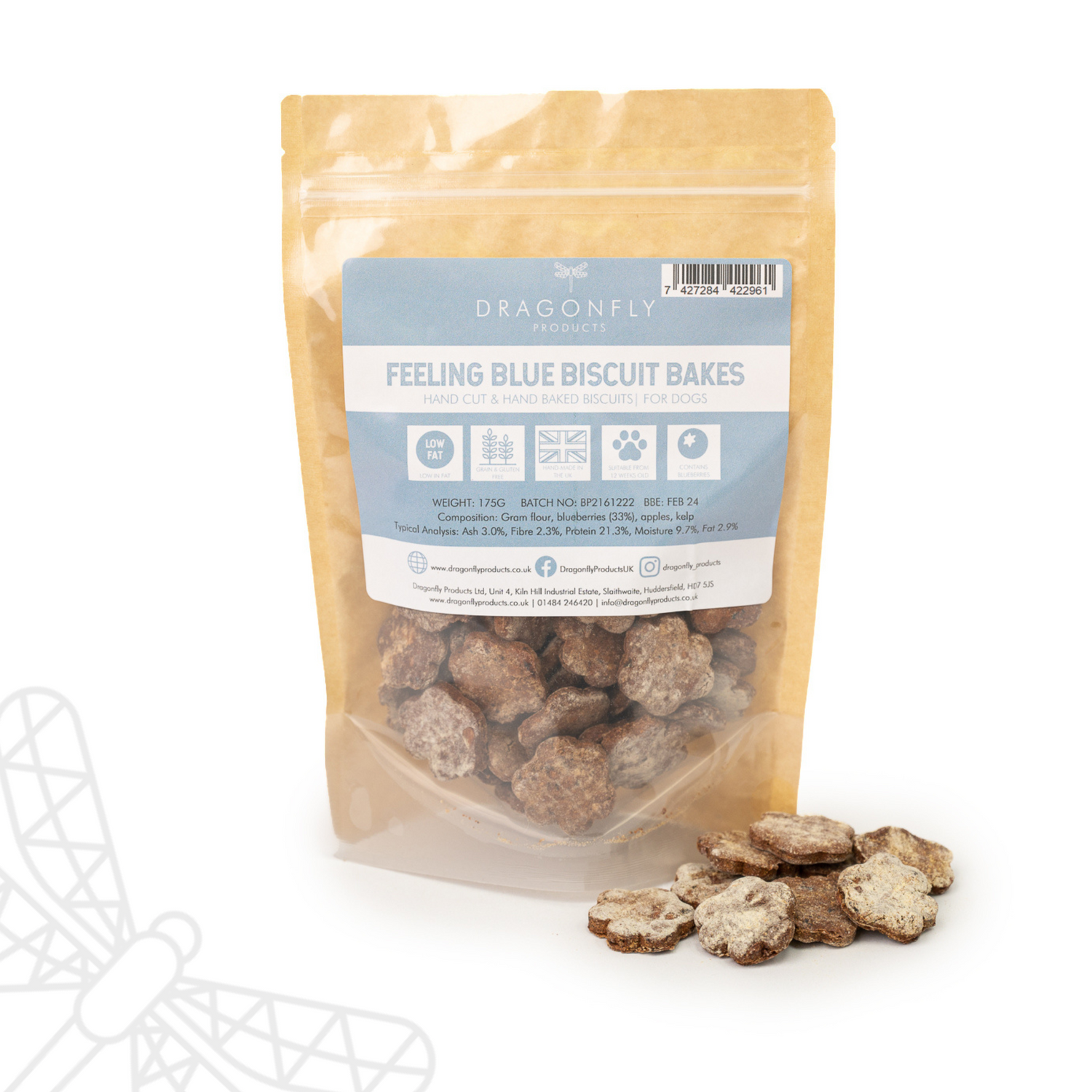
Labrador Retriever
Labrador Retrievers are one of the most popular and well-loved dog breeds across the globe. Known for their friendly, outgoing, and loyal nature, Labs are great family dogs that bond easily with people of all ages. Originally bred as working dogs, they excel in various activities, including hunting, retrieving, and service work, making them versatile companions. Download our FREE Guide.
Table of Contents
- What are the pros and cons of owning a Labrador?
- Brief History of the Labrador Retriever
- Are there different types of Labrador?
- How big do Labradors get?
- How much exercise does a Labrador need?
- How energetic is a Labrador?
- Are Labradors easy to train?
- How much do Labradors shed?
- How often should I groom a Labrador?
- Do Labradors bark excessively?
- Are Labradors good with children?
- What is the temperament of Labradors?
- How do Labradors get along with other pets?
- Can Labradors live in apartments?
- How does the Labrador cope with being left alone?
- What are the common health problems in Labradors?
- What is the lifespan of Labradors?
- How much does a Labrador cost to keep each month?
- How intelligent is a Labrador?
- Are Labradors sociable?
- What are common behavioural traits in Labradors?
- What is the best diet for a Labrador?
- Who is an ideal owner for a Labrador?
- Recommended Treats & Chews for Labrador Retrievers
What are the pros and cons of owning a Labrador?
Pros
- Reliable and Trustworthy: This breed has a well-established reputation for being dependable and loyal.
- Excellent Family Pets: Labradors have a natural affinity for children, making them wonderful companions in family environments.
- Good-Natured and Dependable: Known for their gentle and friendly temperament, Labs are a reliable choice for a companion dog.
- Social with Other Dogs and Animals: Labradors are naturally sociable, making them great around other pets.
- Eager to Please: Their desire to make their owners happy makes Labs relatively easy to train.
- Low Maintenance Grooming: Their short coat requires minimal grooming, making them a convenient breed in terms of upkeep.
- Strong Family Bonds: Labradors form deep connections with their families, yet they can be trained to handle being left alone for short periods.
Cons
- High Exercise and Mental Stimulation Needs: Labradors require plenty of daily physical activity and mental challenges to stay happy and well-behaved.
- Heavy Shedding: Labs shed consistently year-round, with yellow Labs often shedding more noticeably than black Labs.
- Overly Enthusiastic: Labradors, especially when young, can be very energetic and exuberant, which may require patience to manage.
- Tendency to Be 'Mouthy': Labs love to chew and carry things in their mouths, a behaviour that should be gently addressed during puppyhood.
- Playful but Boisterous Puppies: Labrador puppies can be mischievous and full of energy, requiring careful training and supervision to manage their boisterous behaviour.

Brief History of the Labrador Retriever
Despite their name, Labrador Retrievers actually originate from Newfoundland, Canada, not Labrador. In the 1800s, fishermen in Newfoundland used a breed called the St. John’s Dog to assist in retrieving nets and catching fish that escaped from lines. English nobles visiting the region were impressed by the dogs’ work ethic and began bringing them back to England.
Over time, these dogs were bred with British hunting dogs, and their retrieval skills were honed for land and water hunting. The breed was eventually named after the Labrador region, perhaps because of their connection to Canadian waters. By the early 1900s, Labrador Retrievers gained popularity both as working dogs and family pets, particularly for their temperament and intelligence.
Are there different types of Labrador?
Yes, there are two primary types of Labrador Retrievers: the English (or British) Labrador and the American Labrador. Both share the same core traits but have slightly different characteristics:
-
English Labrador (Show): English Labs are bred primarily for show and have a stockier build with a broader chest, shorter legs, and a fuller face. They tend to be slightly calmer than their American counterparts.
-
American Labrador (Working): American Labs are bred primarily for work, especially for hunting or as service dogs. They are generally leaner, taller, and more athletic than English Labs and may have more energy due to their working lineage.
Both types are equally lovable and loyal, but the difference in build and temperament may make one more suitable than the other depending on your lifestyle.
Labradors come in three main recognised colours, each with their own distinct look, but all sharing the same friendly personality traits:
- Yellow Labrador: Yellow Labs can range in colour from pale cream to deep fox-red. They are one of the most popular varieties, often seen as service dogs or family pets.
- Black Labrador: Black Labs are the classic, traditional colour for the breed. They are often used in working roles, particularly as hunting or retrieving dogs due to their strong working drive.
- Chocolate Labrador: Chocolate Labs have a rich brown coat and are known for their playful and sometimes slightly stubborn personalities. They are a little rarer than the black or yellow varieties but equally as loving.
While these are the three recognised colours, all Labradors share the same core characteristics and temperament regardless of coat colour.

How big do Labradors get?
Labrador Retrievers are classified as medium to large dogs. Males typically weigh between 29 to 36 kg, while females are slightly lighter, weighing between 25 to 32 kg). In terms of height, they generally stand between 55 to 62 cm (21.5 to 24.5 inches) at the shoulder.
Their size, combined with their strong, muscular build, makes them well-suited for a variety of tasks, from family companionship to service and working roles.
How much exercise does a Labrador need?
Labradors are an active breed with high exercise needs. They require at least 1 to 2 hours of physical activity per day. This can include walking, running, swimming, or playing fetch, which is one of their favourite activities.
Because of their history as working dogs, Labs thrive when they have a job to do. Mental stimulation is just as important as physical exercise for this breed, so activities like puzzle toys, training sessions, and games that engage their intelligence are essential.
Without sufficient exercise, Labradors can become bored and may develop undesirable behaviours like chewing, digging, or excessive barking.
How energetic is a Labrador?
Labradors are known for their energy and enthusiasm, especially during their younger years. They are an exuberant breed, always eager to play or go for a walk. While they tend to calm down as they age, they still retain a good level of energy even in their later years, making them ideal companions for active individuals or families.
Their high energy levels mean that they are happiest when they have space to roam and regular opportunities to burn off steam. However, with proper exercise and training, they can adapt to a more relaxed home environment as well.
Are Labradors easy to train?
Yes, Labradors are known for being highly trainable. Their intelligence, combined with their eagerness to please, makes them one of the most obedient and easy-to-train breeds. Labs excel in various types of training, whether it's basic obedience, advanced tricks, or more specialised tasks like search and rescue or service work.
However, they are also strong-willed, especially when they are younger, and may exhibit stubbornness if they don’t see the benefit of following a command. Positive reinforcement techniques, like treats and praise, work best with this breed.
How much do Labradors shed?
Labradors are moderate to heavy shedders, and they shed year-round. They have a double coat consisting of a soft, insulating undercoat and a water-resistant outer coat. The heaviest shedding typically occurs in the spring and autumn when they “blow” their coats in preparation for the changing seasons.
Regular brushing can help control the shedding. A few grooming sessions per week using a deshedding tool or slicker brush will help keep their coat in good condition and minimise the amount of hair around your home.

How often should I groom a Labrador?
Labradors are relatively low-maintenance when it comes to grooming. Brushing two to three times a week is usually sufficient to remove loose hair and keep their coat healthy. During peak shedding times, you may need to brush more frequently.
Labradors are naturally clean dogs, so bathing them every two to three months should be enough, unless they get particularly dirty from outdoor adventures. Additionally, regular ear cleaning, nail trimming, and dental care are essential to maintaining their overall health.
Do Labradors bark excessively?
Labradors are not known to be excessive barkers. While they will bark to alert their owners of strangers or unusual activity, they are not particularly vocal compared to some other breeds. However, like all dogs, excessive barking can occur if they are bored, under-exercised, or not adequately trained.
Are Labradors good with children?
Yes, Labradors are known to be excellent with children. Their patient, gentle, and playful nature makes them one of the best family dogs. They are tolerant of rough play and are typically protective of the children in their family. However, as with all dogs, interactions between young children and Labradors should be supervised to ensure safety for both the child and the dog.
What is the temperament of Labradors?
Labradors are renowned for their friendly and sociable temperament. They are outgoing, confident, and eager to be involved in family activities. Labs are generally good-natured and are known to be gentle, patient, and loving. This breed thrives on human companionship and loves being part of a family unit.
Their intelligence and eagerness to please also make them versatile, whether as a family pet, therapy dog, or working dog. Labradors are typically confident around strangers and are less likely to show aggression compared to some other breeds.
How do Labradors get along with other pets?
Labradors typically get along very well with other pets, including other dogs and cats. Their friendly and sociable nature extends to animals as well as people. As long as they are socialised from a young age, they tend to be tolerant and accepting of other animals in the household.
Introducing a Labrador to other pets should be done slowly and carefully, but once they’ve settled, they usually integrate well.
Can Labradors live in apartments?
While Labradors can live in apartments, they are better suited to homes with access to outdoor space. Due to their size and high energy levels, they thrive in environments where they have plenty of room to run and play. If you live in an apartment, you will need to ensure that your Labrador gets enough exercise and mental stimulation to keep them happy and healthy.
How does the Labrador cope with being left alone?
Labradors are very people-oriented dogs and do not tolerate being left alone for long periods. They can develop separation anxiety if they are frequently left alone without sufficient mental or physical stimulation. If you have a busy schedule and need to leave your dog alone regularly, it's important to provide toys, mental stimulation, and consider hiring a dog walker or arranging for a pet sitter.
Labs are happiest when they can spend time with their family, so it's essential to ensure they are not left for too long.

What are the common health problems in Labradors?
Like all breeds, Labradors are prone to certain health problems. Some of the most common issues include:
- Hip and Elbow Dysplasia: Genetic conditions that affect the joints, leading to pain and arthritis.
- Obesity: Labradors love food and can easily become overweight if their diet and exercise are not carefully monitored.
- Progressive Retinal Atrophy (PRA): A degenerative eye disorder that can lead to blindness.
- Ear Infections: Labradors' floppy ears can trap moisture, making them prone to infections.
- Bloat: A potentially life-threatening condition where the stomach twists, cutting off blood supply.
Regular vet check-ups, a healthy diet, and an appropriate exercise regime can help manage or prevent many of these issues.
What is the lifespan of Labradors?
Labradors typically have a lifespan of 10 to 12 years. With proper care, some Labs can live longer, but they are prone to the health issues mentioned above, which may impact their lifespan. Ensuring your Labrador has regular vet check-ups, a healthy diet, and plenty of exercise can help them live a long, happy life.
How much does a Labrador cost to keep each month?
The cost of owning a Labrador can vary depending on factors like food, grooming, and healthcare. On average, you can expect to spend £50 to £100 per month. This includes high-quality food, grooming products, and routine veterinary care. If your dog requires additional healthcare for specific conditions like hip dysplasia or other genetic issues, these costs may increase.
How intelligent is a Labrador?
Labradors are highly intelligent dogs. They rank among the top breeds for trainability and problem-solving abilities. Their intelligence, combined with their desire to please, makes them ideal for service work, search and rescue, and therapy. They respond well to positive reinforcement and can be trained to perform a wide range of tasks.
Are Labradors sociable?
Yes, Labradors are extremely sociable dogs. They love being around people and are friendly towards both familiar faces and strangers. This sociability makes them poor guard dogs but excellent companions. They enjoy social activities, whether it’s with family, friends, or even other dogs at the park.
What are common behavioural traits in Labradors?
Labradors are known for being playful, enthusiastic, and curious. They love to explore and can sometimes be a bit too enthusiastic, especially when they’re young. They are also known to be quite mouthy, often picking things up with their mouths, which comes from their background as retrievers.
While they are generally obedient, Labs can be a bit excitable and sometimes mischievous if not adequately trained or exercised. Regular exercise and consistent training help mitigate any undesirable behaviours.
What is the best diet for a Labrador?
Labradors should be fed a high-quality diet that meets their nutritional needs. This typically includes a balance of protein, fats, and carbohydrates. Since Labradors are prone to obesity, it's important to monitor their portion sizes and avoid feeding them too many treats or table scraps.
Many Labrador owners opt for high-quality commercial dog food, while others prefer raw or home-cooked diets. All are suitable but should steer clear of too much fruit and veg due to the naturally occuring sugars.
Who is an ideal owner for a Labrador?
The ideal owner for a Labrador is someone who can provide the necessary exercise, attention, and mental stimulation that this breed requires. Labradors are best suited to active families, individuals, or couples who enjoy outdoor activities like hiking, running, or playing fetch. They are also excellent companions for first-time dog owners due to their friendly and trainable nature.
However, Labradors need a home where they won’t be left alone for long periods, as they thrive on human companionship.
Recommended Treats & Chews for Labrador Retrievers
- Just Meat Little Trainers: Ideal for training due to their small size and tasty flavour, these treats are non-greasy, low odour and perfect for rewarding good behaviour (the Beef version is low-fat too).
- Bully Braids: Tough and long lasting chews that help promote dental health due to their braided texture while keeping your dog occupied.
- Fish Skin Thins: Low in fat but contain healthy Omegas 3 & 6. Good for dental health, fur and skin.
For any further help and advice please contact us on 01484 246420 and why not join our social media channels and online community on Instagram, Facebook or YouTube.
With Wags and Woofs,
Laura, Dolly & Reggie





